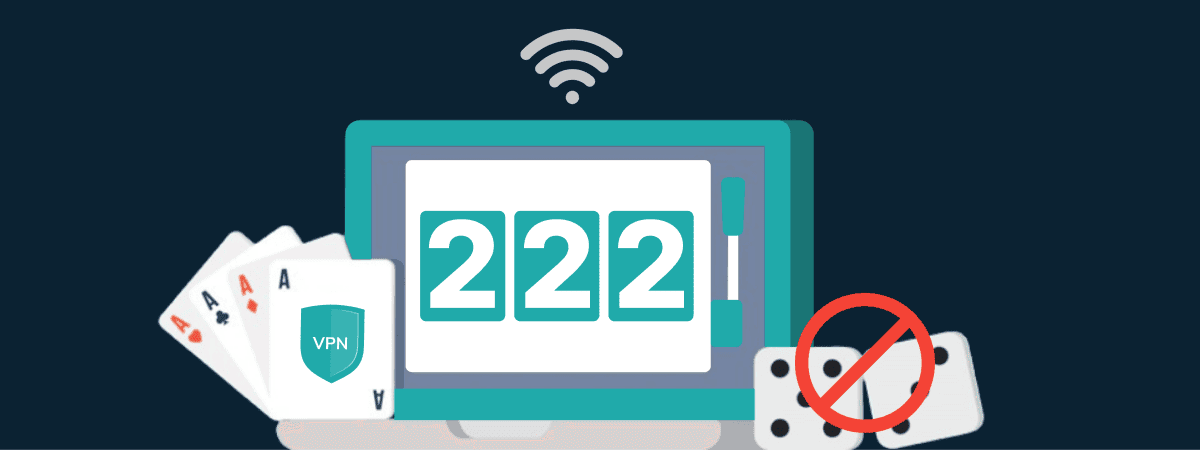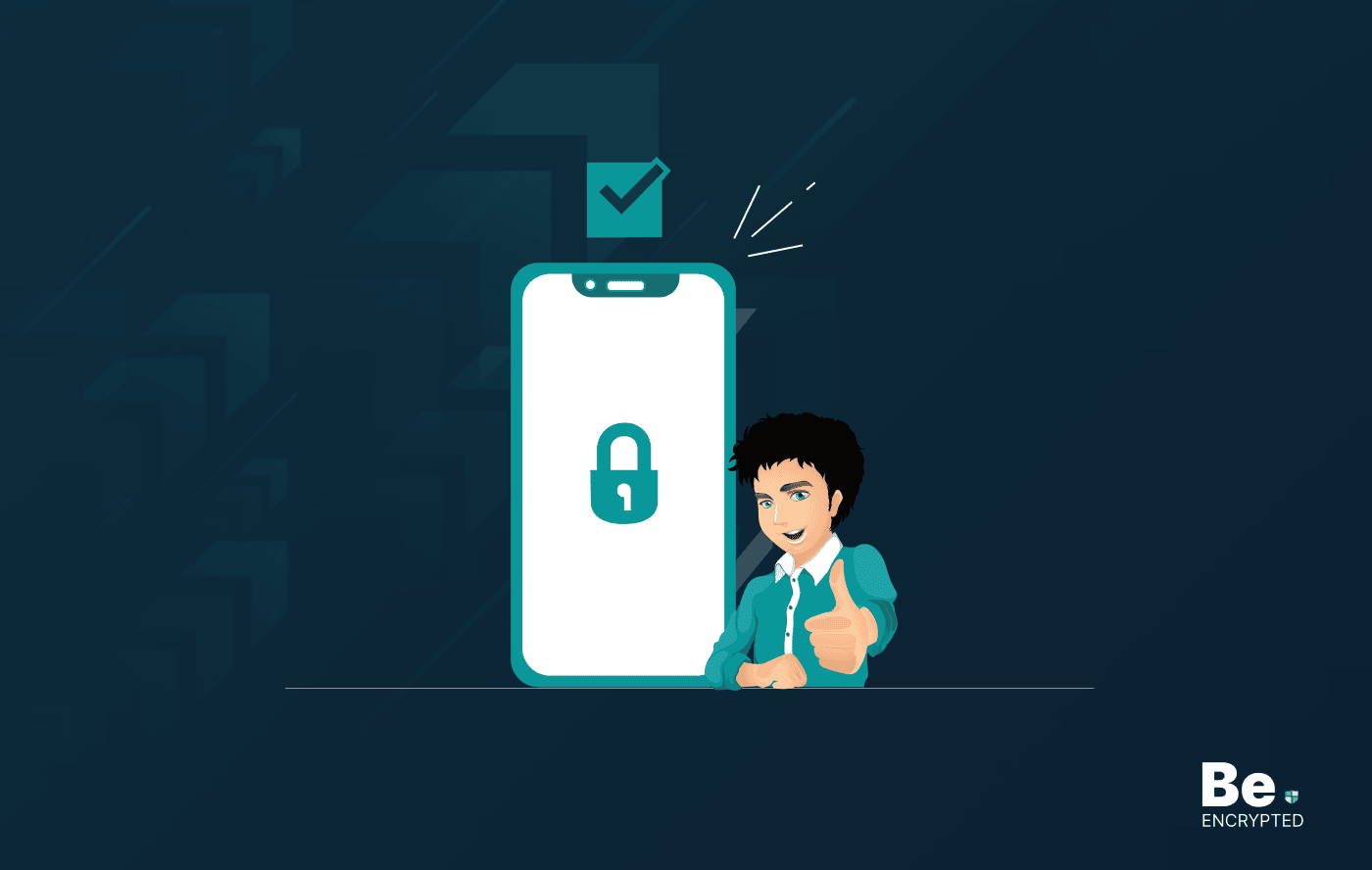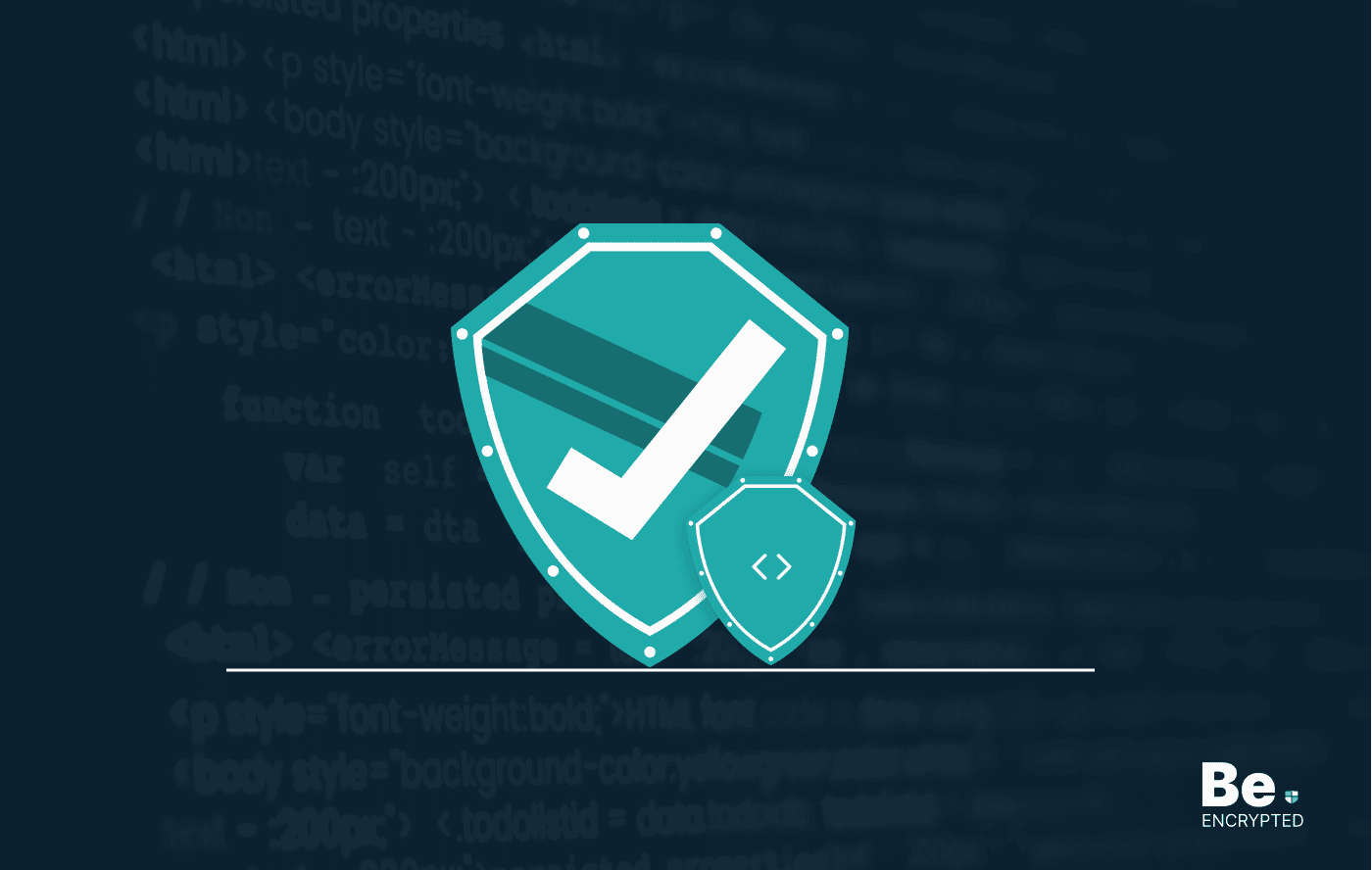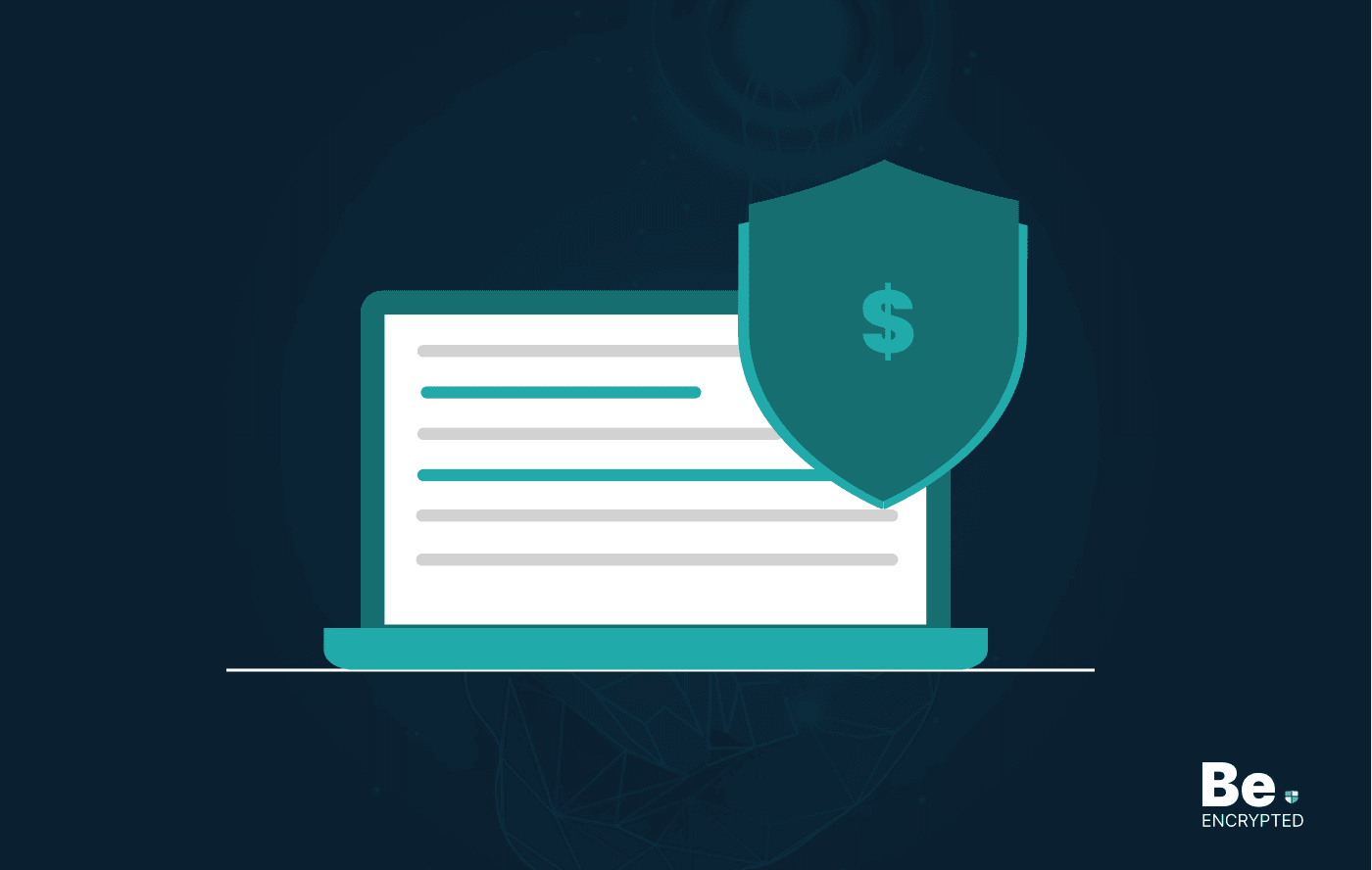The Internet of Things, or IoT, is a new digital interaction that promises to bring numerous changes to our everyday lives. We already have our computers, tablets, and smartphones that have changed our interaction with the digital world. However, the Internet of Things sits somewhere in between while automating specific processes and managing different kinds of data. These devices are competent when connected as they can process several different data streams and make sense of that information using a digital cloud.
IoT and Cloud Security
We shouldn’t forget that IoT devices are still new as their implementation is rising. This means that they bring a new set of security issues that can be very damaging for individuals and companies when exploited.
Let’s not forget what happened in October 2016, when a carefully planned denial of service attack completely blocked tech giants like Netflix, Spotify, Reddit, and Airbnb. This attack occurred through IoT devices, including smart security cameras, where each device had a vulnerable IP address. This DDoS attack used these devices to send vast amounts of Internet traffic, which crashed these popular websites. Every device connected to the Web can be exploited – and IoT devices are interconnected devices connected to both large and small cloud systems.
IoT and Cloud Computing
From their beginnings, IoT devices relied on cloud computing & cloud storage. This is because IoT devices are great for collecting different kinds of data – and have accumulated massive amounts by now. This data is sent to cloud computing providers, who store and allow users to make sense of the data. This complementary relationship is tough to break, even though this brings numerous security-related concerns. We have created IoT devices that depend on cloud computing but don’t fully know how to protect that Internet connection against malicious attacks. So, is there a solution?
Can We Fix the Cloud and IoT?
The truth is that IoT devices send data to the cloud because building a system that works that way is easier and faster. Some of the best cloud storage are capable and prepared to handle vast amounts of data. We already have the needed infrastructure and can create a powerful cloud system powered by capable software. Still, this doesn’t have to be the only way IoT devices work.
Numerous companies have recognized the most significant vulnerability of the Internet of Things – their questionable security. This is why some are turning to developing IoT devices that aren’t connected to the Web. This significant step could enable the Internet of Things to work offline and process (or at least prepare) some data independently. Since we can’t disconnect IoT devices from the Web (and we shouldn’t do that), we can make that connection temporary. Furthermore, it should become a standard policy that every IoT device has its encryption key. Sadly, this is associated with trade-offs like longer development time and higher costs for companies and buyers.
What’s Next for the Internet of Things?
We are slowly becoming aware that the IoT needs to be changed. It’s too vulnerable in its current state, and we can’t just make IoT devices that don’t need the Internet. So, what is going to happen to this technology?
Many believe the IoT’s future is called edge (or fog) computing. IoT devices shouldn’t be directly connected to the Web; instead, an intermediary needs to be. These can be gateways, industrial PCs, and micro data centers. IoT devices will be connected to these edge computing devices that can be successfully secured against malicious attacks. Even better, these devices can process information and data independently and prepare it before sending it to the cloud.
It’s interesting to note that even though edge computing is a new aspect of the IoT, it’s estimated that up to 600 million IoT devices are already using it. It is estimated that up to 5.8 billion IoT devices will use this technology by 2020. The initial reports are perfect, so we’ll surely see the rise of edge computing.
Conclusion
IoT devices have already changed the way we interact with our homes: from smart thermostats, electric plugs, customizable light bulbs, up to smart door locks. Businesses are also using this technology to enhance their inventory systems and improve their CCTV systems. However, this technology is still relatively new and has trade-offs that shouldn’t be neglected. On the other hand, the future seems bright. We’ll start hearing about edge computing a lot more very soon.
Share this article
About the Author
Rebecca James is an IT consultant with forward thinking approach toward developing IT infrastructures of SMEs. She writes to engage with individuals and raise awareness of digital security, privacy, and better IT infrastructure.
More from Rebecca JamesRelated Posts

How to Avoid Gambling Restrictions in 2024
KEY TAKEAWAYS Gambling is prohibited in multiple countries as it is addictive, and many people go ba...

20 Best Penetration Testing Tools For Security Professionals
KEY TAKEAWAYS If you’re in a hurry, then have a look at the list of 20 best penetration testin...

The Role of Developer Security in Software Development
KEY TAKEAWAYS The revolution of DevOps has reduced the SLDC and resulted in the creation of many sof...

How To Detect Hidden Cameras And Listening Devices? A Complete Guide
Many people feel like someone is watching them or listening to their conversations. They may be righ...

What is Virtual Firewall and How it Helps Us in 2024?
Scientists and technicians are trying to invent the latest technology protection to create barriers ...

10 Ways to Prevent Ransomware Attacks
KEY TAKEAWAYS Ransomware attacks are growing frequently and affecting every sector of the business i...


